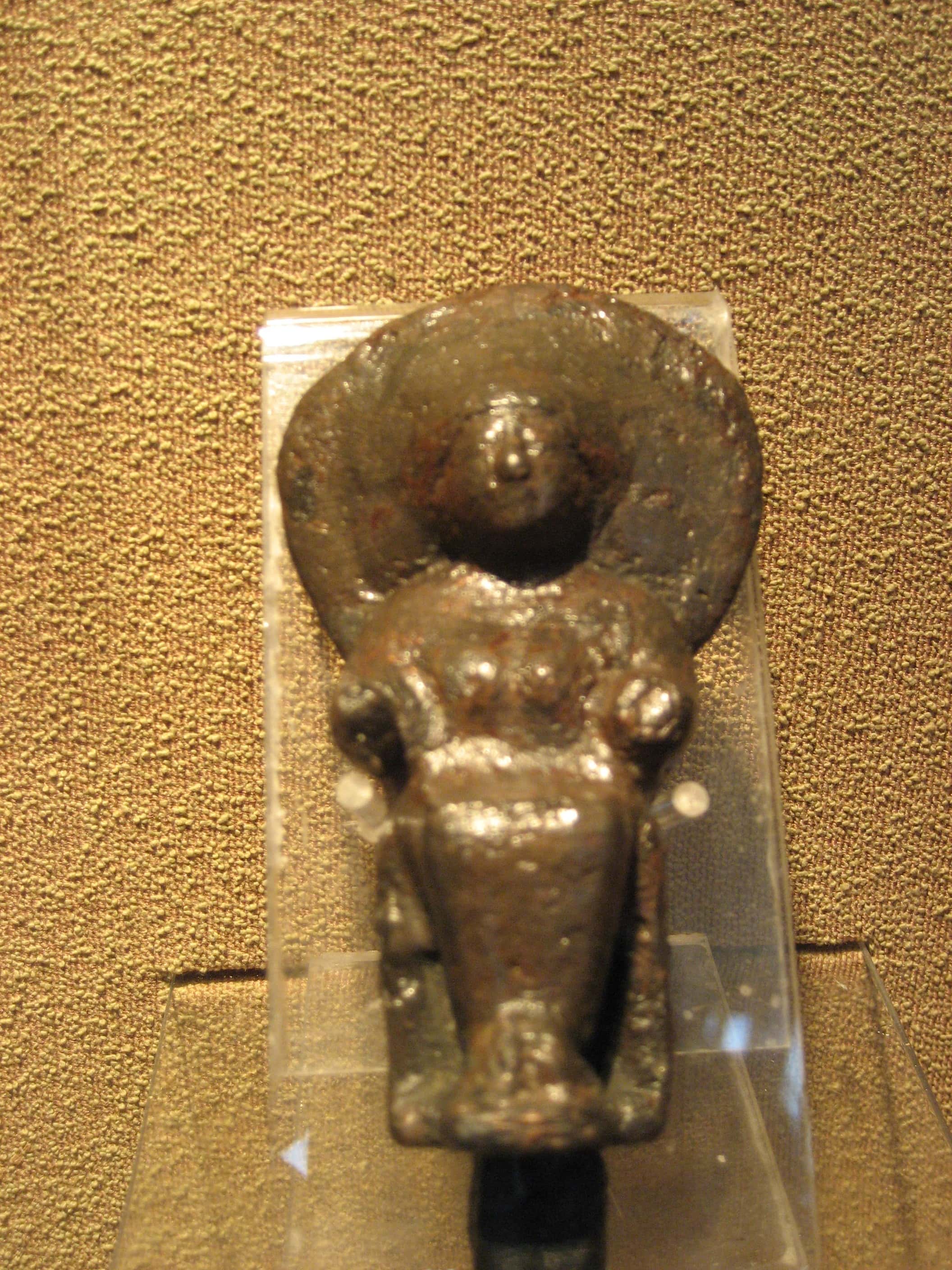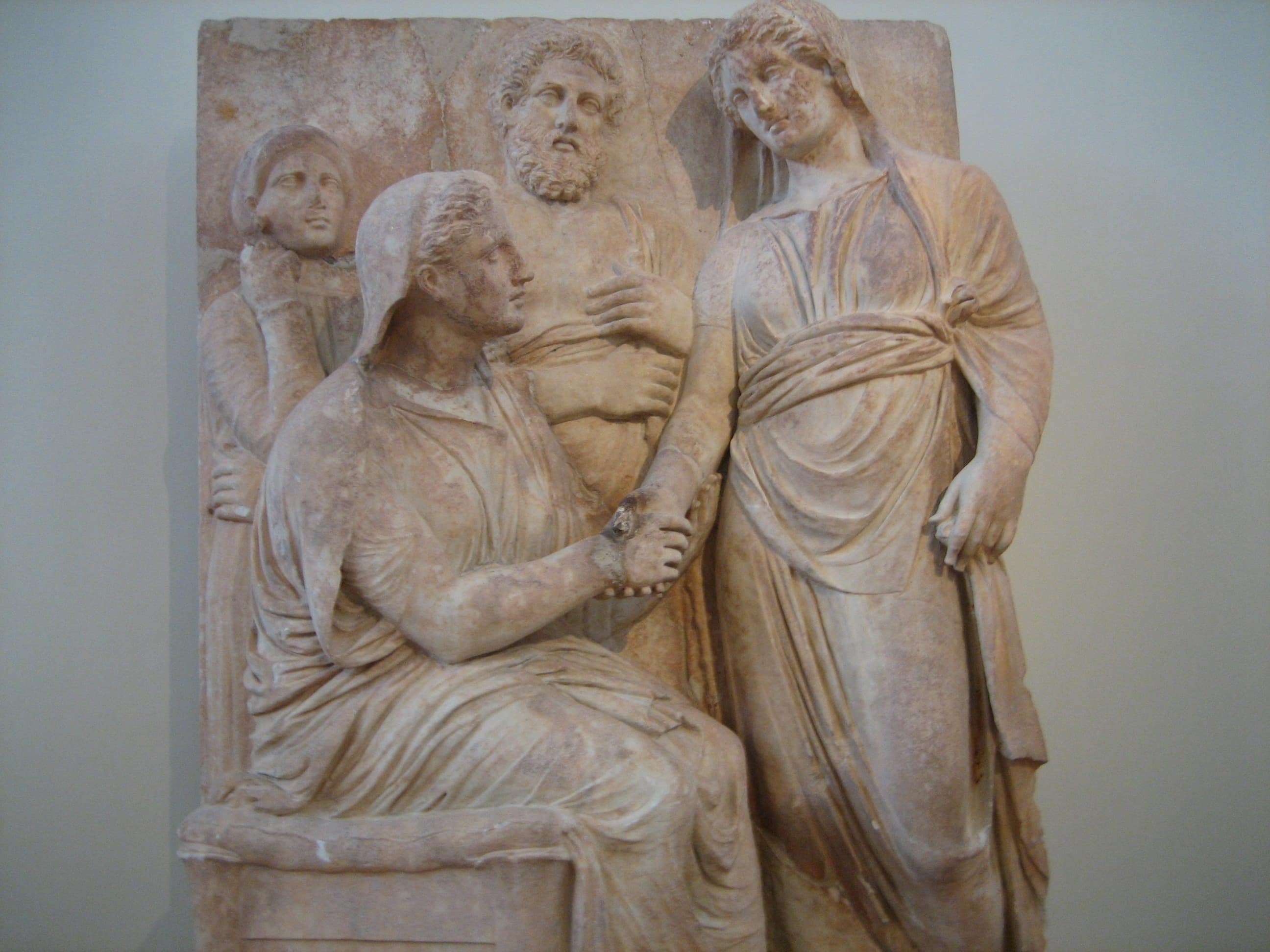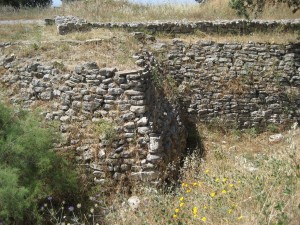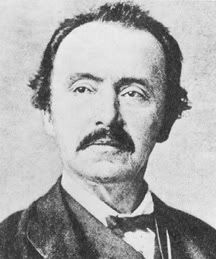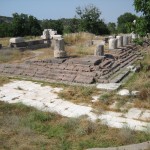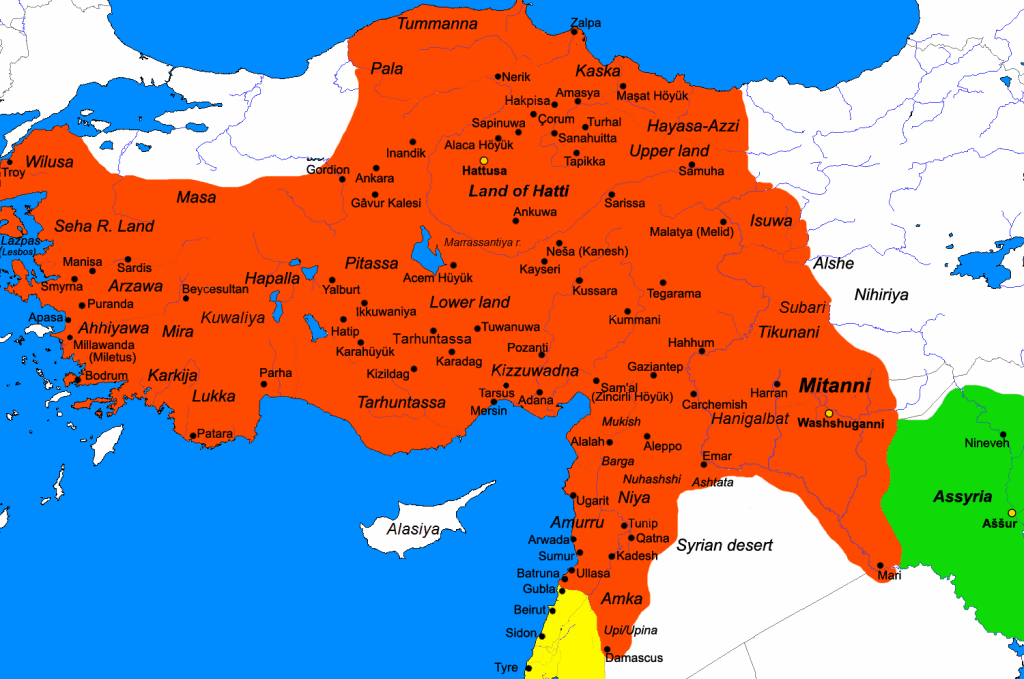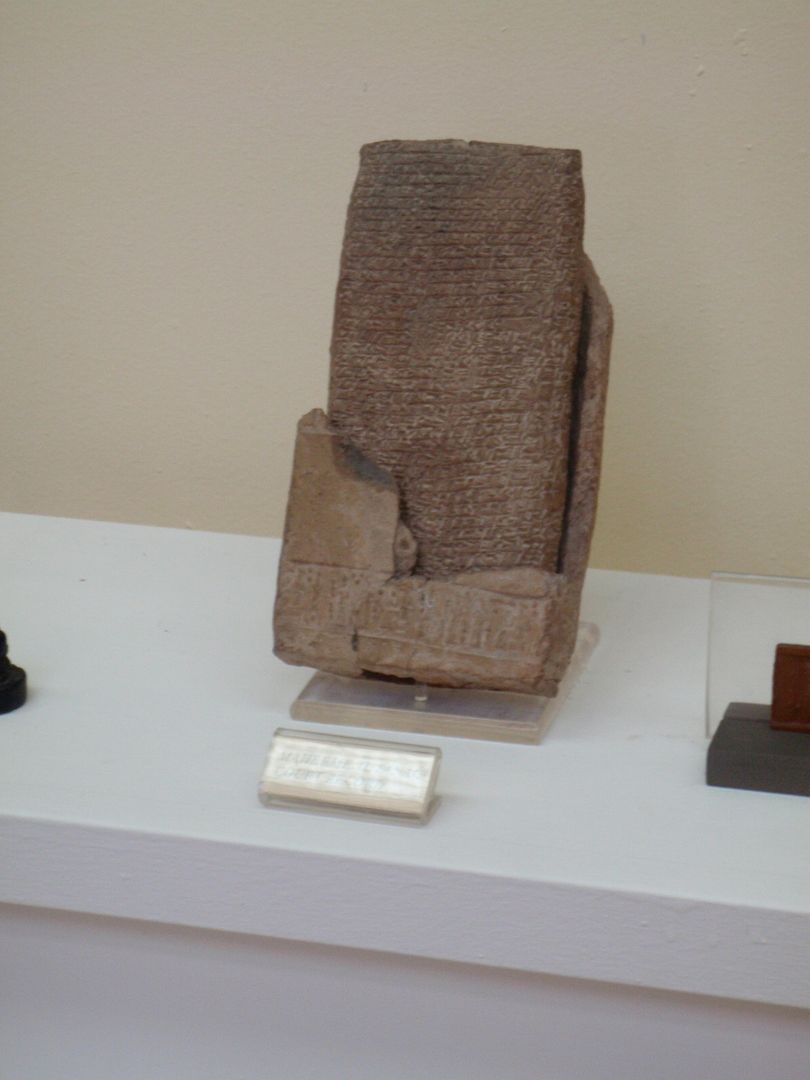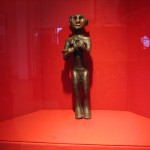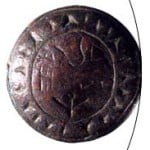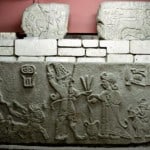Trojan Women: Women's Roles in Ancient Anatolia and Mycenaean Greece
Part I
If you wish to read the introduction to this series on ancient women go to Trojan Women: Women's Roles in Ancient Anatolia and Mycenaean Greece Introduction
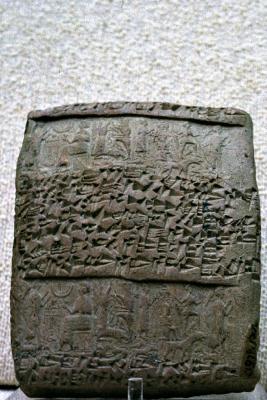 |
| Hittite cuneiform court record with figures made with stamp or cylinder seal, photo by Dick Osseman |
Most of the information that survives the ravages of time tells us what upper class people did with their lives. It’s much harder to find out what the great majority of people did because no one writes that on monuments or treaties or the other sorts of documents that tend to survive. ("Document" is a bit misleading for this period—clay tablet is more accurate.) This article will look briefly at both lower and upper class women, Hittite and Mycenaean in the Bronze Age (roughly 1600 to 1200 BC), and the kinds of work they did, including work outside the home/farm for which they received reimbursement of various types.
Most lower class people led agricultural lives at a subsistence level. Among the Hittites we are told about periods of great famine and plague when the kings resettled huge numbers of conquered peoples within their lands to farm and feed the empire. Without these war captives—thousands and thousands of them—the Hittite empire would have starved. Farming was the essential way of life for the majority of people.
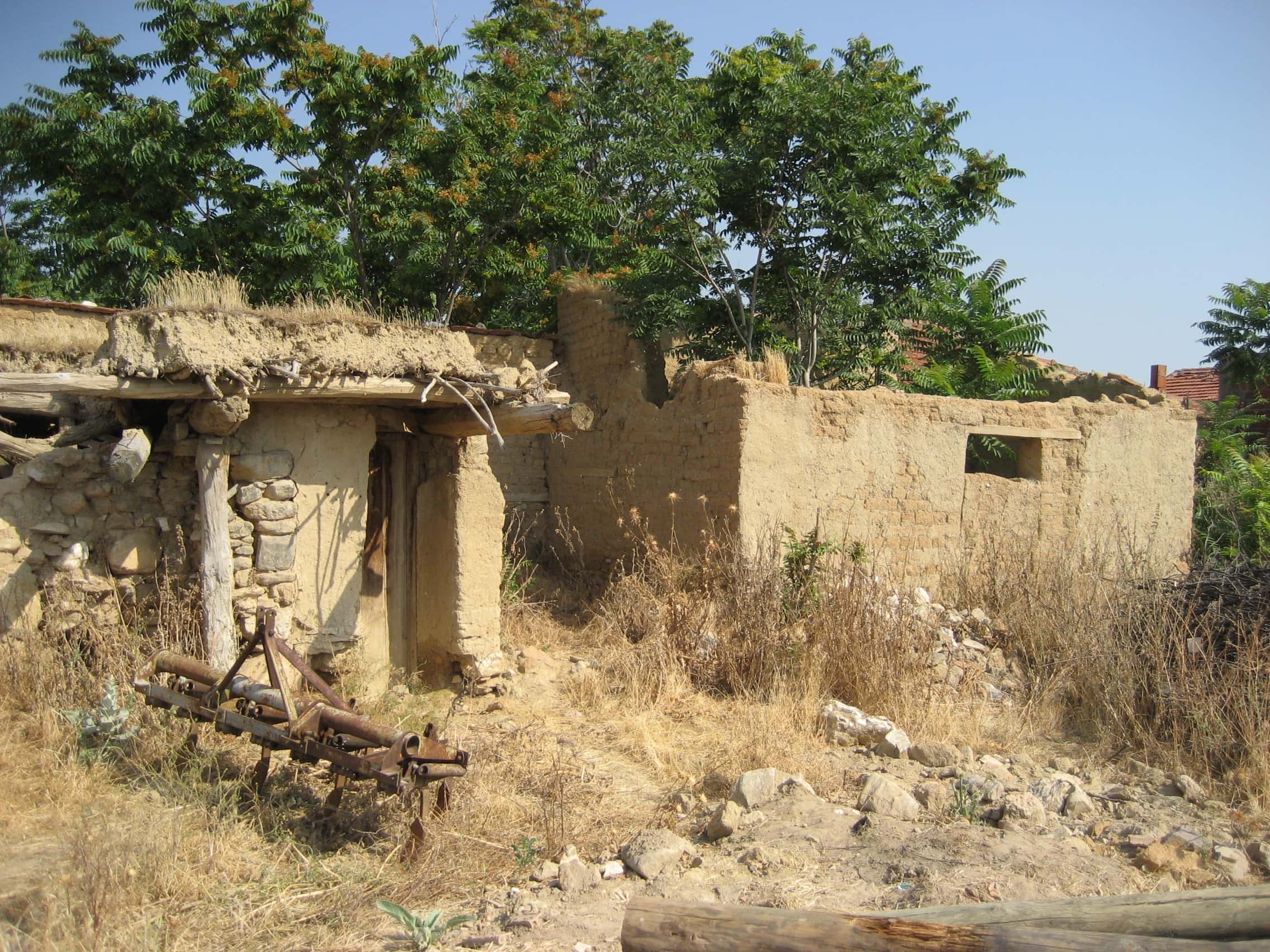 |
| Ancient construction style mud and stick hut in modern Turkey |
You can still wander off the beaten track in Turkey and see mudbrick and stick huts within tiny villages that subsist on their agricultural products. For most ancient people, hard work and lots of it, early death, especially for child-bearing women, seems the most accurate description of the course of their lives. Within these farming communities, it is probably the case that a Hittite woman’s most important responsibility was to produce children since they were economically vital to a household for manpower. Children were also responsible for caring for their parents in old age and, after their deaths, for maintaining the worship of their parents’ spirits, a concept vital to Hittite life (Collins, 126).
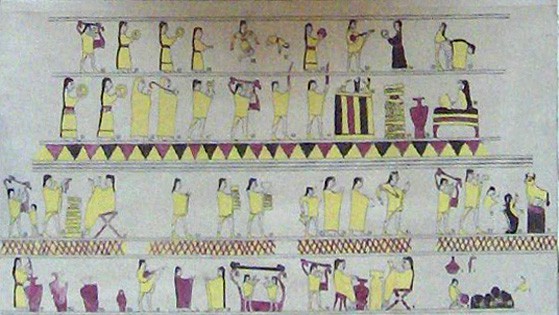 |
| Inandik vase showing female and male musicians and dancers at a wedding from the period of the Old Hittite Kingdom about 1600 BC, Museum of Anatolian Civilizations, Ankara, Turkey |
Many Hittite women did, however, operate outside the domestic sphere. There are references to women as millers, cooks, weavers, fullers, doctors, innkeepers, cellar keepers, singers, musicians, and dancers (Collins, 126 and Imparati, 579). Frequently such positions would be financially attached to the palace or temple, which were the primary centers of production and finance in the Hittite and Mycenaean worlds. Palace complexes had extensive workshops for metalworking, textile production, and other manufacturing.
 |
| Textile production, Woman spinning on a Greek vase from the British Museum |
The linear B tablets list Mycenaean women working in such workshops. At the palace of Pylos for example, women numbered 1400, twice the number of male craftsmen, working in textiles and clothing, as well as grain-processing, leather working, and household attendants of various kinds (Billigmeier).
 |
| Priestess pouring a libation, Attic white ground lekythos ca. 460 BC, from the British Museum |
In both Hittite and Mycenaean contexts, there are also higher status jobs that women control. In Part III, I will go into depth about the Hittite hasawa, who served as a religious healer/priestess, employing a mixture of magic, ritual and medicine. (The distinctions are ours. The hasawa saw all these as a single healing work.) Women who served as priestesses had great independence in their work and carried out essential functions within Hittite society (Imparati, 579).
In the linear B tablets priestesses and other female religious personnel appear to have possessed tracts of land and are of high aristocratic status. At Pylos one priestess named Erita is a wealthy land owner. She has her own assistants who also are prosperous landowners in their own right. We learn about Erita through a legal dispute over land-leases which suggests that priestly Mycenaean women were legally independent. During a military emergency other priestesses are recorded donating the temple’s bronze for military purposes, and hence seem to have control over the sacred treasury. While some scholars argue these women are slaves, that seems unlikely given the property they own and their financial and legal powers. Perieia, a woman of secular background, is mentioned elsewhere in the tablets as owning an orchard, so we can assume that financial independence was not peculiar to priestesses (Billimeier).
Wages are one way that we measure the value of women’s work in relation to men’s work in the modern world. In the Hittite context women were paid less than a man for roughly equivalent labor. In section 158 of the Hittite Law Code, for example, salaries are indicated for a man and a woman hired during the harvest. They are paid in measures of grain: the man receives ten measures per month of work; the woman either six or four depending on the interpretation of the text. In another section a man’s salary is twelve shekels of silver and a woman’s six shekels. The 2:1 ratio seems to be the norm (Imparati, 580).
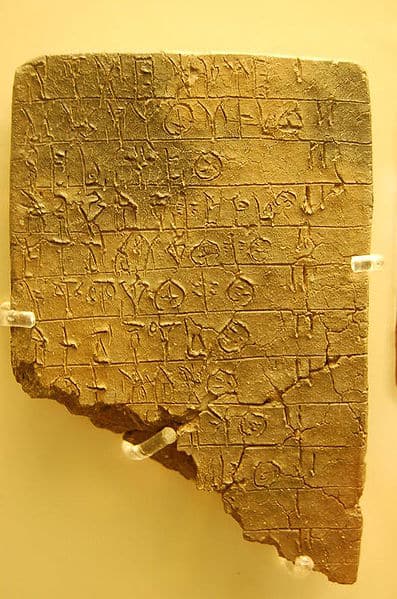 |
| Linear B tablet from the Palace of Mycenae |
Many scholars interpret the Linear B tablets to indicate women receiving half as much for their work as men, but others, such as Jon-Christian Billigmeier and Judy Turner believe the evidence shows equal rations of wheat and other payments for men and women, which they note distinguishes Mycenaeans from the other Near Eastern peoples (such as the Hittites) where men clearly get higher portions.
Unequal wages would not have affected noble women who had the right to inherit and were granted large dowries (in essence their portion of inheritance). The evidence indicates that upper class women controlled their own property, kept it in the case of divorce, and chose whom to pass it on to when they died.
Bibliography for this article
Billigmeier, Jon-Christian and Judy Turner. “The Socio-economic Roles of Women in Mycenaean Greece: A Brief Survey From Linear B Tablets.” In Reflections of Women in Antiquity, edited by Helene Foley, 1-18. New York: Gordon and Breach Science Publishers, 1981.
Collins, Billie Jean. The Hittites and Their World. Atlanta: Society of Biblical Literature, 2007.

Imparati, Fiorella. “Private Life Among the Hittites.” In Civilizations of the Ancient Near East, edited by J.M. Sasson, K. Rubison, J. Baines, 571-585. New York: Scribner’s, 1995. |
 |
| Judith Starkston |


